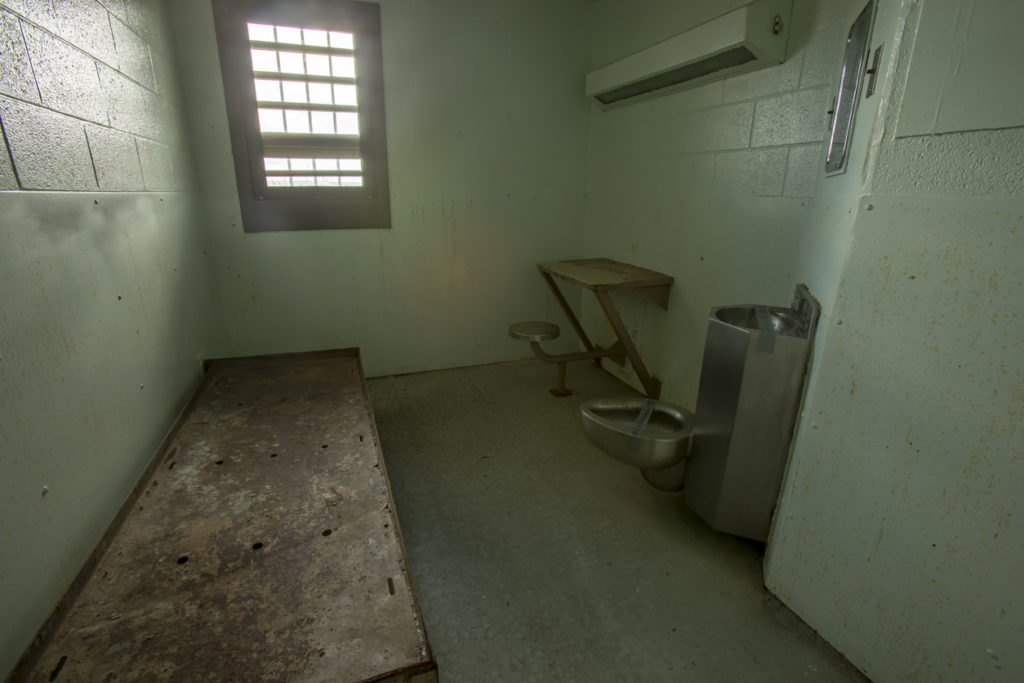
A deputy in a county sheriff’s department outside of Texas observed that a 31-year-old inmate was alone inside his cell hanging himself with a bedsheet. The deputy radioed for help and life-saving measures were immediately performed on the inmate, first by deputies and then by on-site medical personnel. The inmate was transported to a nearby hospital, where he was pronounced dead that same day, which was Saturday, January 22, 2022.
Is Malingering a Myth and does it Hinder Suicide Prevention?
Suicide prevention is very challenging, and one of the reasons is that there are myths about suicide. When uninformed individuals buy into myths, the quality of the supervision of inmates suffers. Many jailers refer to a practice among inmates known as malingering. In other words, jailers often do not take suicidal threats seriously because they believe the individual is engaging in a form of manipulation. But are they being duped by a myth?
A mental health professional who has specialized in custodial suicides was recently questioned about malingering, and the following are among her statements. It’s obvious that she does not see malingering as a myth but as a reality that complicates the effectiveness of suicide prevention programs:
- Yes, people absolutely do try to manipulate suicide prevention processes in county jails.
- Sometimes what an inmate is seeking is simply more attention.
- Inmates may seek a calmer environment and therefore manipulate the system to be placed in the more isolated setting for suicidal inmates.
- The incredible amount of manipulation that goes on within jails ultimately costs some inmates their lives. Due to the challenge of sorting out between manipulating inmates and those who are truly suicidal, some Inmates end up missing out on the supervision and care they need. They end up committing suicide.
On this site, there is no intention of making any implication of wrongdoing on the part of persons or entities. The posts on this website are intended as helpful resources to benefit current and previous inmates in county jails in Texas.
–Guest Contributor

